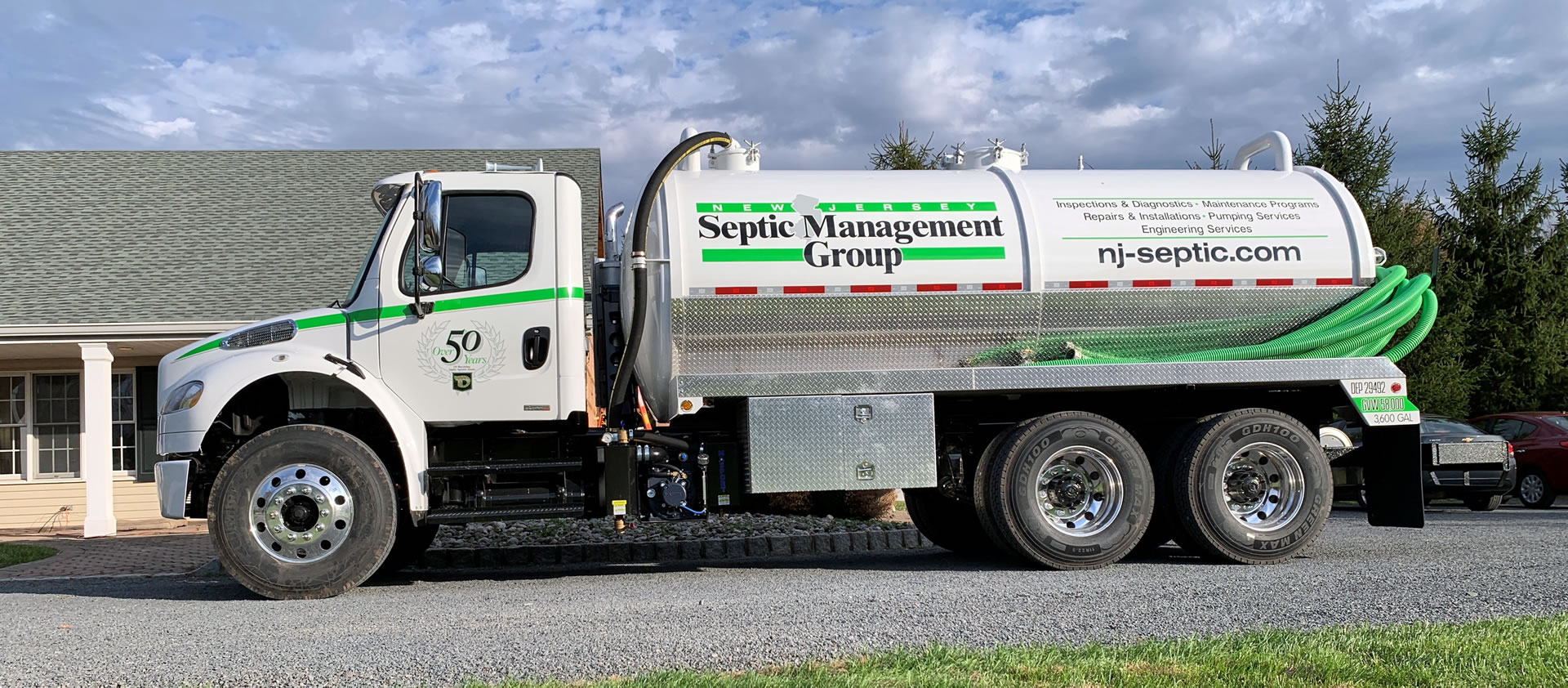Stillwell Septic And Grading for Dummies
Some Known Factual Statements About Stillwell Septic And Grading
Table of Contents10 Simple Techniques For Stillwell Septic And GradingThe 4-Minute Rule for Stillwell Septic And GradingStillwell Septic And Grading for BeginnersGetting The Stillwell Septic And Grading To WorkThe Facts About Stillwell Septic And Grading RevealedThe Definitive Guide for Stillwell Septic And GradingThe Greatest Guide To Stillwell Septic And Grading

Home owners need to also enlighten themselves on the fundamentals of septic tanks to guarantee they make informed decisions throughout the installation process - Septic Tank Installation. Septic tanks are an essential part of numerous homes that are not linked to a community sewer system. They are created to deal with and dispose of home wastewater on-site
The septic tank is a big, underground container constructed from concrete, fiberglass, or plastic. It gets all the wastewater from the home, consisting of water from sinks, commodes, showers, and cleaning devices. The container divides the solid waste from the liquid waste. The strong waste settles to the bottom of the container, while the fluid waste, or effluent, increases to the top.
Not known Facts About Stillwell Septic And Grading
It is also vital to save water and avoid straining the system. Basic steps such as fixing dripping faucets and commodes, mounting low-flow showerheads and bathrooms, and spreading out laundry lots can assist reduce water usage and expand the life of the septic system.
The topography of the site is also reviewed to ensure that the septic system is set up at the appropriate altitude. https://www.slideshare.net/georgebraden29910. The system ought to be set up at a greater elevation than the surrounding location to stop contamination of the surrounding environment. Problems are the minimal distances needed by regulation between the septic tank and various other frameworks or features such as wells, structures, and residential property lines
The elevations will ensure that the septic system functions correctly, and wastewater is properly treated. It makes sure that the septic system is mounted in the most optimal place, taking right into consideration the soil, topography, and obstacles.
The Ultimate Guide To Stillwell Septic And Grading
Prior to installing a septic storage tank, property owners require to obtain licenses and abide with policies. Some of the authorizations and regulations that home owners need to take into consideration consist of:: Homeowners need to get an authorization from the local health and wellness division or structure department prior to mounting a septic system.
Some communities may need a minimal lot size for septic system installation.: Home owners require to abide with environmental guidelines when mounting a septic system. https://linktr.ee/stillwellsag. Some states may need an environmental impact evaluation before installing a septic system.: Home owners need to abide with building and construction laws when mounting a septic system.
Stillwell Septic And Grading Fundamentals Explained
Some communities might need periodic examinations and pumping of the septic storage tank. It is vital for house owners to obtain licenses and conform with laws before installing a septic system.
Among one of the most vital factors to take into consideration when picking a septic system is the dimension. A septic system that is also small for the home's needs will need even more regular pumping, while a tank that is too large can bring about excessive water buildup and potential system failure. A general general rule is that the container needs to have the ability to hold at the very least 2 days' well worth of wastewater.
The 8-Minute Rule for Stillwell Septic And Grading
It's additionally crucial to take Septic Installers into consideration the type of system the septic container will be made use of with. There are two major kinds of septic systems: gravity and pressure.
3 Easy Facts About Stillwell Septic And Grading Shown
Generally, choosing the ideal septic container for a home is a vital decision that needs mindful factor to consider. Prior to setting up a septic tank, house owners should take certain actions to prepare for the installment process.
Below are some essential precaution to follow: Put on safety gear: House owners have to use safety gear, such as gloves, boots, and headgears, to stop injury throughout the installation procedure. Avoid electric lines: Home owners need to avoid excavating near electrical lines to avoid electrocution. Usage caution when running hefty equipment: Property owners should use care when operating heavy machinery to avoid crashes and injuries.
The 2-Minute Rule for Stillwell Septic And Grading
By complying with these crucial steps, homeowners can make certain a successful septic tank installation process. Septic system installation is an important procedure that requires careful preparation and implementation. Home owners who are mounting a septic storage tank for the initial time ought to know the essential steps entailed in the process to make sure that their septic tank operates successfully and effectively.
